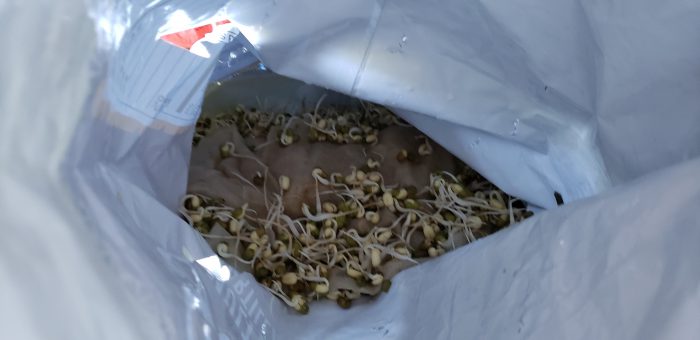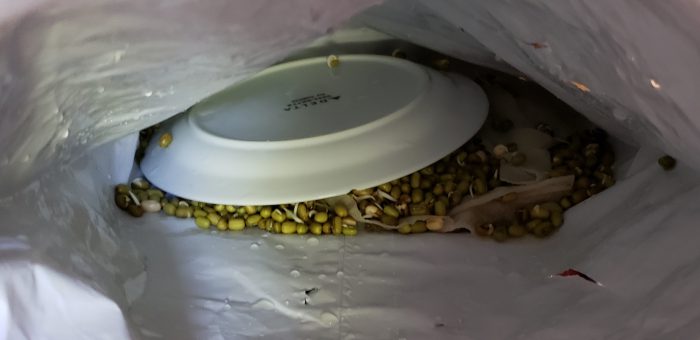Pandemic Diary #7, 06 May 2020
141.8 – 128.2 = 13.6 lb = 0.1 lb in 4 days
13.7 * 0.01 = 0.137 lb / week, up to 0.274 lb/week
Right on target!
insomnia cookies – 12 pack delivery for ~$27 (incl. $5 tip), includes 6 pack shipped for free. Had total disaster for delivery and stressful to have people pay me back too. Will not tell them next time XD;
https://www.neaq.org/visit/at-home-events-and-activities/webcams/giant-ocean-tank-webcam/
https://www.neaq.org/visit/at-home-events-and-activities/webcams/penguin-colony-webcam/
The penguins are so cute 0: 0: 0:
My own quarantine + Cat = better understanding why it’s so hard to keep zoo animals happy
Been watching Trevor Noah / John Oliver. News is upsetting. Past 70k cases and President declaring victory. Wants to disband coronavirus task force.
Did New Yorker crossword at after party with friend who defended yesterday!! We struggled, we are not crossword people XD looked up a few Proper Name answers. Turns out really only for 2 people at once, so I screenshared on zoom.
Found https://www.imdb.com/title/tt7013194/ on youtube, watched half with parents.
Watched 《自然的力量》第一集 纵横 over the weekend & finished it a few days ago – last episode was documenting how they filmed all the animals – pretty intense!!
Want to watch All Is Lost on bluewater per rec of friend – set for 3 weeks out when hopefully class work finished.
Set up weekly meeting with advisor — re-remembered need to do find thesis topic, doing background research on that now
Interesting meeting on transit – cool how much traction Cathy is getting; wrote mask op-ed, having trouble getting it out the door. Missed NECSI training on policy advocacy
Watched a few minutes of storm trysail – man overboard procedures.
https://www.youtube.com/watch?v=7cB5vgsYD8o
And refound Secondary Russian – Dallas ISD – has really old school and therefore awesome film
Pandemic Diary #6, 05 May 2020
Watching (for 9.357 presentation):
https://www.greencorridor.info/
Sad story of a cold epidemic in a chimpanzee group kill 30% of the group. A lot of transmission from humans. Now required to wear masks and keep distance: https://link.springer.com/article/10.1007/s10329-020-00819-0
Applications of DL to conservation: https://advances.sciencemag.org/content/5/9/eaaw0736
Good overview pictures of tool use; and sad pictures of mom carrying around deceased infant https://link.springer.com/article/10.1007/s10329-018-0654-y
https://www.greencorridor.info/en/videos/
Nut cracking.
Pestle pounding
Tap scanning by aye aye
Reading:
Ch. 12 of https://www.psychology.uga.edu/sites/default/files/Fragaszy%20%26%20Crast%202016%20Functions%20of%20the%20Hand%20in%20Kivell%20et%20al%20Evol%20of%20the%20Hand.pdf
https://www.nhbs.com/the-evolution-of-the-primate-hand-book
The Evolution of the Primate Hand Anatomical, Developmental, Functional, and Paleontological Evidence
(includes how aye aye curls just thumb to hold things, since other fingers are too long to curl around object)
How did I get here:
Cats lol. Cat pawing at food puzzle. Surprisingly adept with food puzzles. Class topic is hands though – so primates.
COVID
Continuing M / R meetings for current project – “flattening the transit curve” – now thinking primarily about advise for which businesses to stagger. Alarming statistic: In Chelsea, 80% of residents already going to work as “essential services” !! Unfair burden.
Disturbing to hear Fauci barred by White House from testifying in Congress.
Why is social distancing a partisan issue??
Still need to finish op-ed.
Not sure what’s taking so long (2.5 weeks already!!)… Really disappointed that US is re-opening. We didn’t shut down just for hospital capacity – but also to buy time for PPE. The governor has a lot of requirements for businesses – should we not also have requirements of our government? And lack of confronting racial disparities; what is the plan?
Feeling sad that I had so much energy the first time around. But hard to combat vocal minority of protests.
Testing
After a while, still not understand how this works! https://www.zerobase.io/testing
https://medium.com/@tomaspueyo/coronavirus-learning-how-to-dance-b8420170203e
Covers need for mandatory QR codes, or opt-out. Masks mandate.
Other
https://coronavirus.1point3acres.com/en Good tracker made by “first generation chinese american”
https://covidactnow.org/state/GA Looks like pivoting to effect of early lifting now.
We’re past 60k deaths I believe. 1k+ deaths daily.
https://www.nytimes.com/interactive/2020/us/coronavirus-us-cases.html
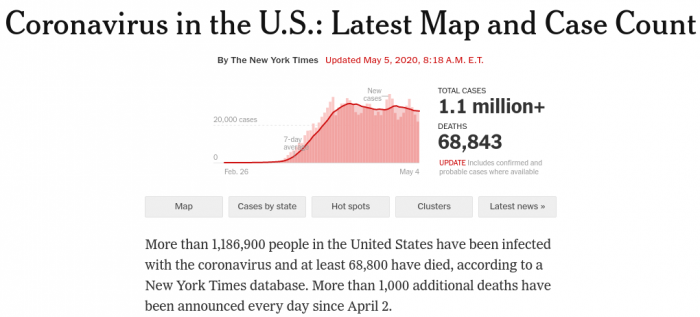
Racial disparities are inexcusable
COVID-19 Status Report | Georgia Department of Public Health
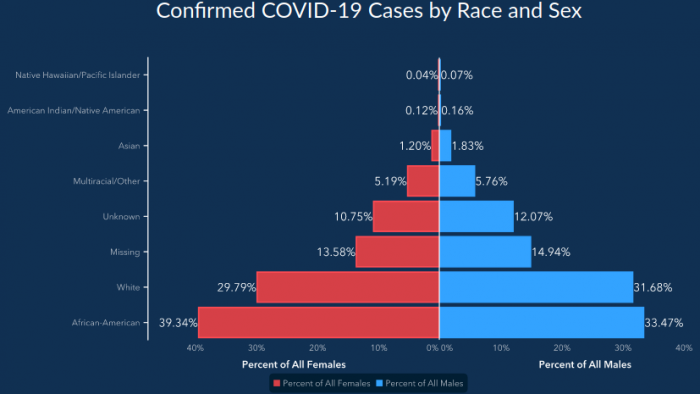
https://www.covid19sim.org/
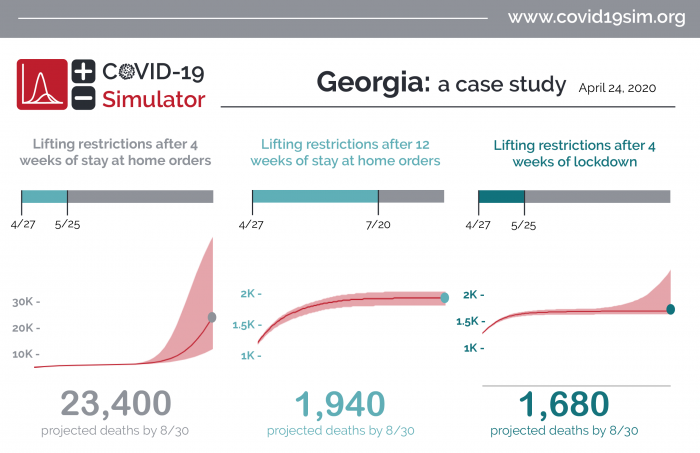
New site on testing
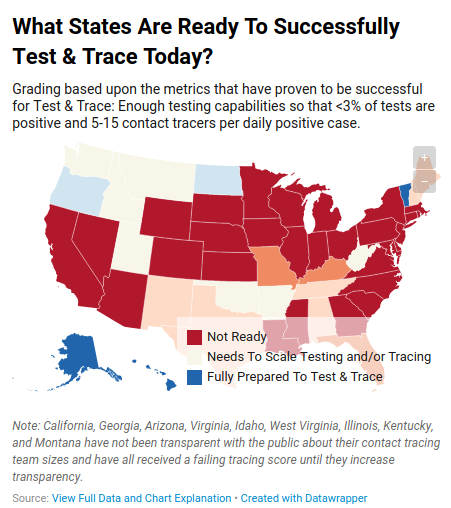
Notes:
8tracks is back alive?? Neat.
Over the weekend:
Exercise
Remember “morning exercises” in middle school. Also, “plaza dances” (usually for older people).
https://en.wikipedia.org/wiki/Radio_calisthenics
https://www.youtube.com/watch?v=K3kOoaT-OLw
My dad managed 1.5 minutes, we managed 5 minutes. Room for improvement! Something to get my blood pumped in the mornings.
Succulents + Plushie
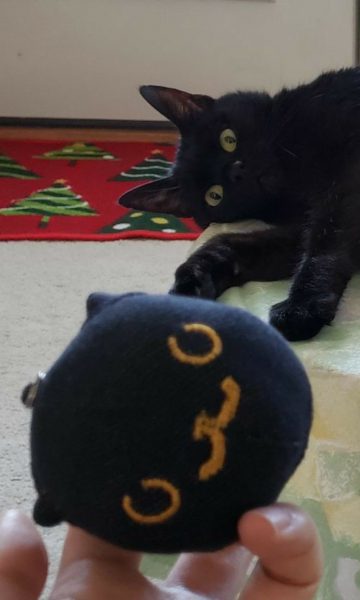
Dishes:
Baked sweet and sour cauliflower
Leftover from soymilk making (soak beans 5 hours; put in machine) + lao gan ma sauce
Watermelon peel (soy sauce, garlic, pepper)
Soymilk
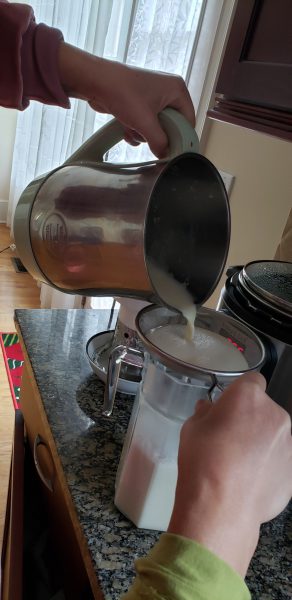
Bean sprouts
